According to Minister Nguyen Van Thang, big cities like Hanoi and Ho Chi Minh City cannot avoid traffic jams when high-rise apartments and urban areas are still springing up in their core areas.
At the question-and-answer session with Minister of Transport Nguyen Van Thang on the morning of June 8, delegate Trang A Duong (full-time member of the Ethnic Council) pointed out that traffic congestion is still a serious problem in large cities, especially Hanoi and Ho Chi Minh City. This has a negative impact on socio-economic development and people's lives. Therefore, he asked the Minister to state the main causes and solutions that the Ministry and localities will implement in the coming time.
Responding to delegates, Minister Nguyen Van Thang affirmed that traffic congestion in Hanoi and Ho Chi Minh City is a very big problem, which cannot be fully explained in three minutes of questioning. There are many causes of traffic congestion in the city and to solve it takes time, not overnight. Many large cities in the world with strong economic and financial conditions such as Tokyo (Japan) and Beijing (China) also have to deal with traffic congestion for a long time.
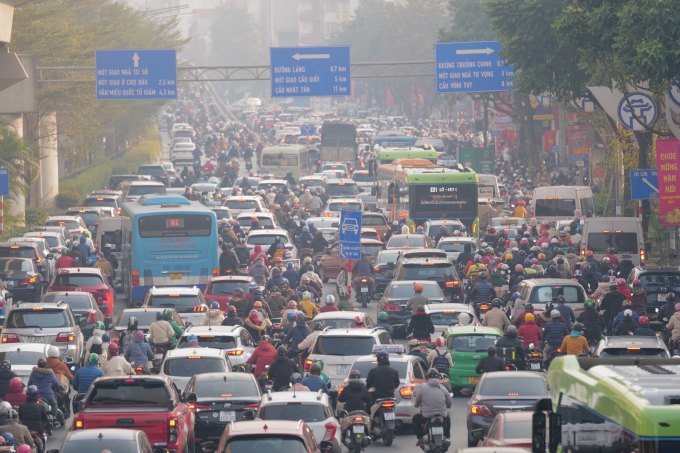
Traffic jam in Hanoi on January 30, when people returned to work after Tet Quy Mao 2023. Photo: Ngoc Thanh
To solve the problem of traffic congestion in Hanoi and Ho Chi Minh City, Mr. Thang suggested strictly managing and controlling urban planning in conjunction with population size. "If urban planning is not well controlled, allowing high-rise apartments and urban areas to continue to grow in the city center, the risk of traffic congestion will continue," Mr. Thang said.
He suggested that when planning urban areas, cities should pay attention to the land area for transportation, such as Hanoi and Ho Chi Minh City, which need 16-26% of their land area for transportation infrastructure but only reach 8-9%. The land area for building parking lots is also very modest.
Developing public transport is also a necessary solution. Most major cities in the world focus on building public transport routes. The Ministry of Transport has coordinated with Hanoi and Ho Chi Minh City to promote the construction of urban railway routes.
"I am very surprised at the performance of the Cat Linh - Ha Dong railway after 19 months of operation," said Mr. Thang, adding that statistics show that 31,000-33,000 people travel on this route every day, with peak times reaching 50,000 passengers per day. With a frequency of 6 minutes per trip, this route has helped reduce traffic congestion in Hanoi. For the first time, the project management board reported a profit of 100 billion VND; 80% of train passengers bought fixed tickets.
In the coming time, the transport sector will promote the progress of urban railways and pay attention to developing bus routes. Ho Chi Minh City Ring Road 3 and the Capital Region Ring Road 4 must also be vigorously implemented to soon form bypass routes, expand space, and reduce the number of vehicles passing through the inner city.
The Minister said that Beijing (China) has regulated that vehicles are allowed to enter the inner city on even and odd days to reduce congestion. However, in Vietnam, these solutions are still under discussion.
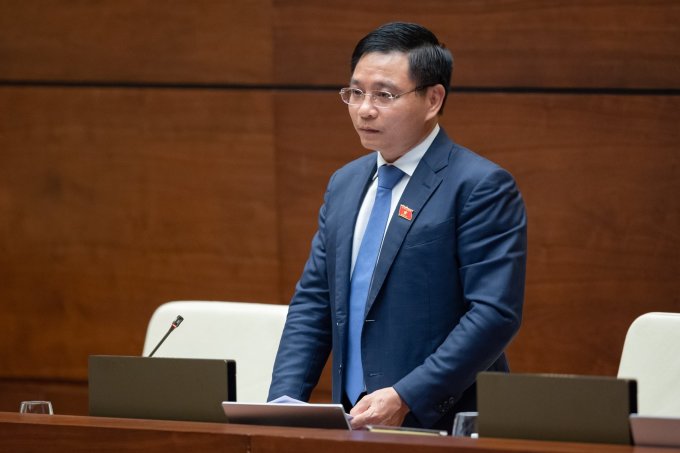
Minister of Transport Nguyen Van Thang answers questions before the National Assembly on the morning of June 8. Photo: National Assembly Media
Speaking at the end of the question-and-answer session with Minister Nguyen Van Thang, National Assembly Chairman Vuong Dinh Hue assessed that traffic congestion on major routes, key hubs, and large cities such as Hanoi and Ho Chi Minh City is still complicated. Therefore, he requested agencies to research and implement solutions on traffic safety and congestion prevention from the time of organizing and implementing scientific and reasonable traffic planning and organization; and promote the application of information technology in management and operation.
Traffic congestion has been a problem in Hanoi and Ho Chi Minh City for many years, but there has been no effective solution. At the end of May, Ho Chi Minh City planned to deal with 24 traffic congestion "black spots". This year, the city aims to eliminate at least one spot in the Kenh Xang Bridge area on Tran Van Giau Street, Binh Chanh District. In addition to the above location, Ho Chi Minh City has 23 other traffic congestion "black spots", many of which have not changed for many years.
In a 10-year summary report (2012-2022) on implementing the policy of strengthening traffic safety and overcoming congestion, the Hanoi Department of Transport said that in 2019, the city handled 9 congestion points but 10 new ones arose; in 2020, it handled 8, but 11 new ones arose; in 2021, it handled 10, but 8 new ones arose.
Source link


![[Photo] Vietnam shines at Paris International Fair 2025 with cultural and culinary colors](https://vstatic.vietnam.vn/vietnam/resource/IMAGE/2025/5/4/74b16c2a197a42eb97597414009d4eb8)

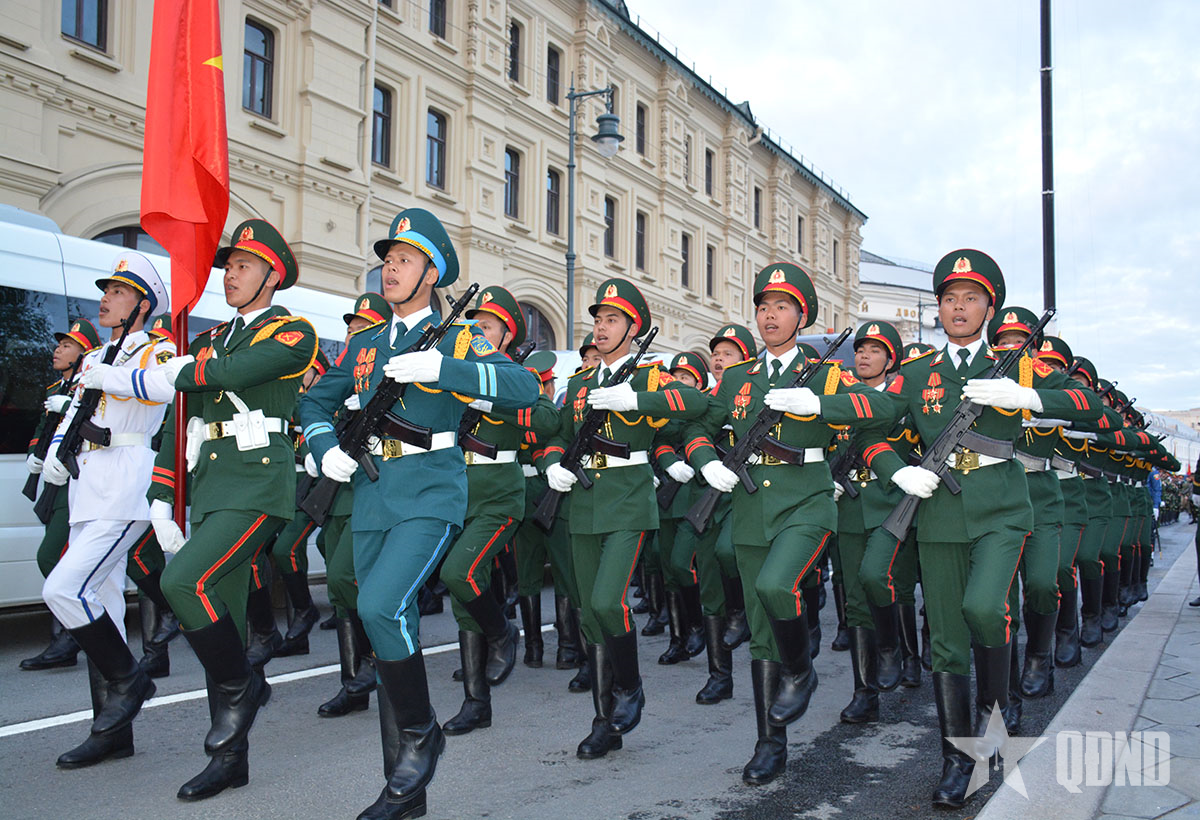
![[Photo] Bus station begins to get crowded welcoming people returning to the capital after 5 days of holiday](https://vstatic.vietnam.vn/vietnam/resource/IMAGE/2025/5/4/c3b37b336a0a450a983a0b09188c2fe6)

![[Photo] General Secretary To Lam receives Sri Lankan President Anura Kumara Dissanayaka](https://vstatic.vietnam.vn/vietnam/resource/IMAGE/2025/5/4/75feee4ea0c14825819a8b7ad25518d8)
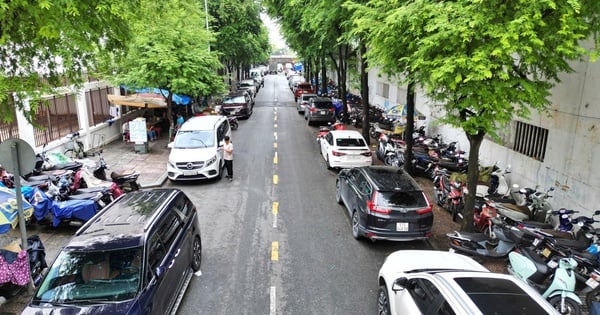

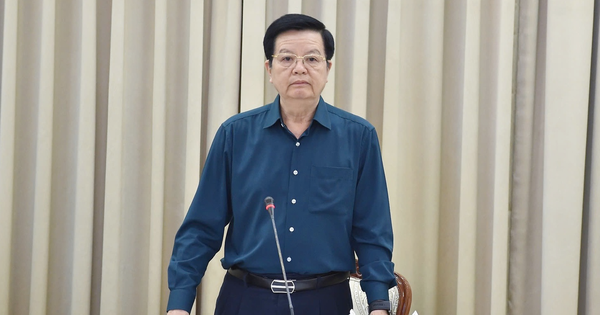
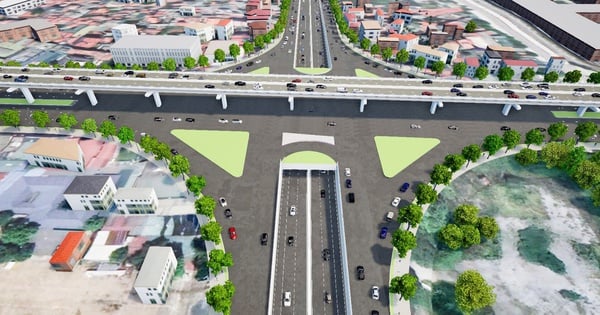
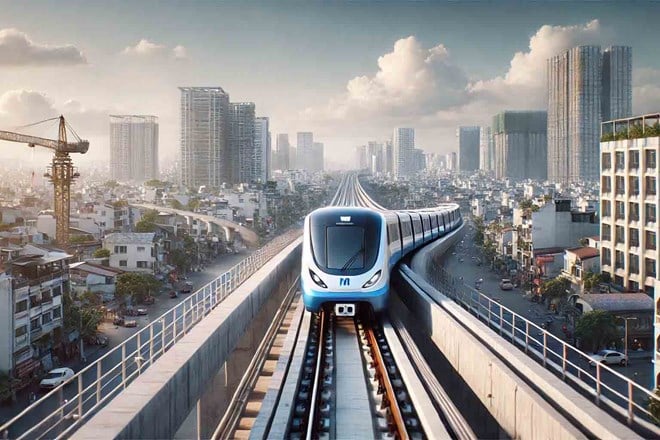

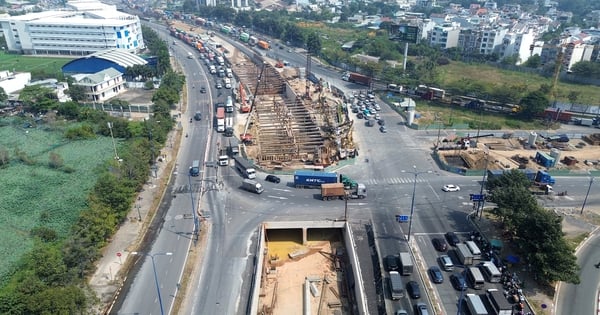
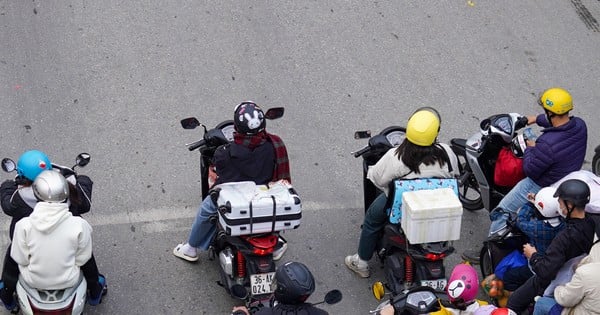


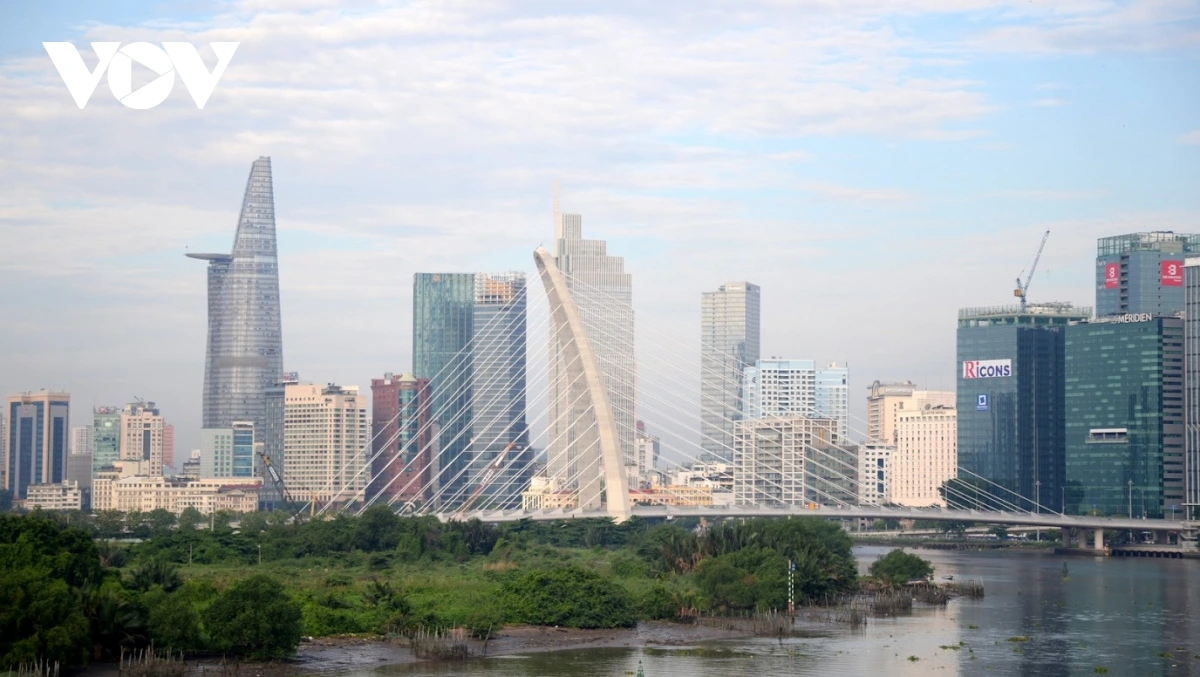



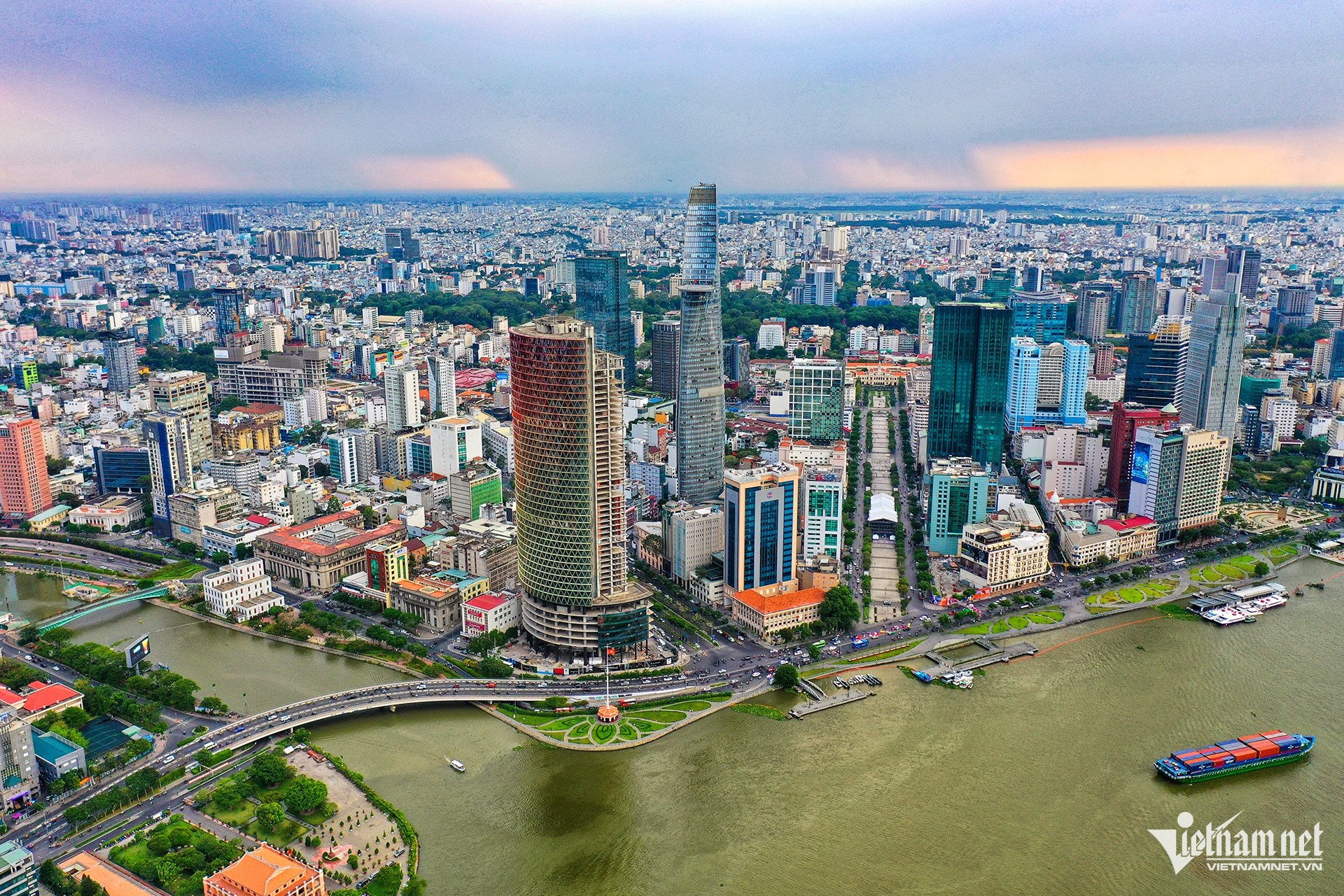









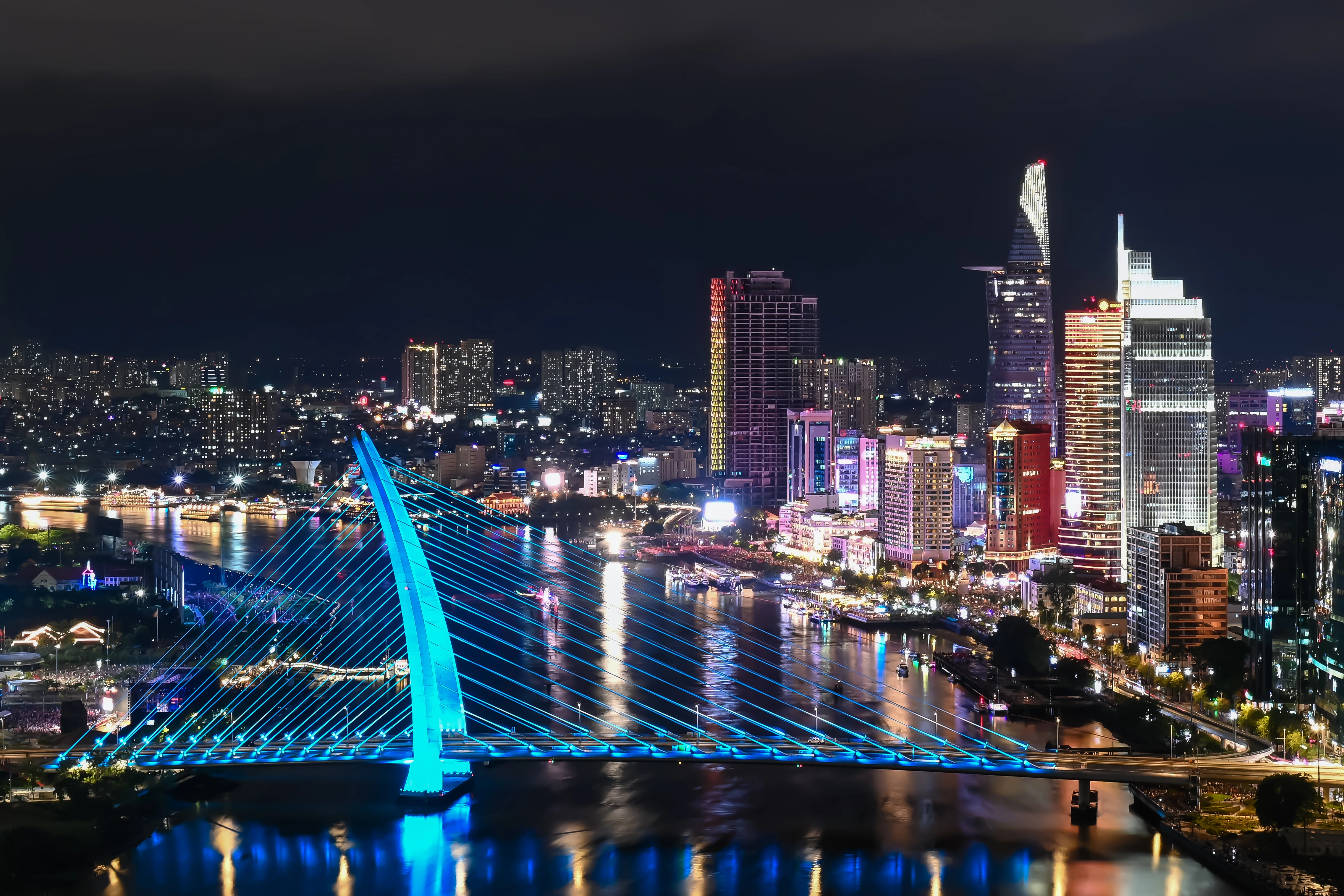
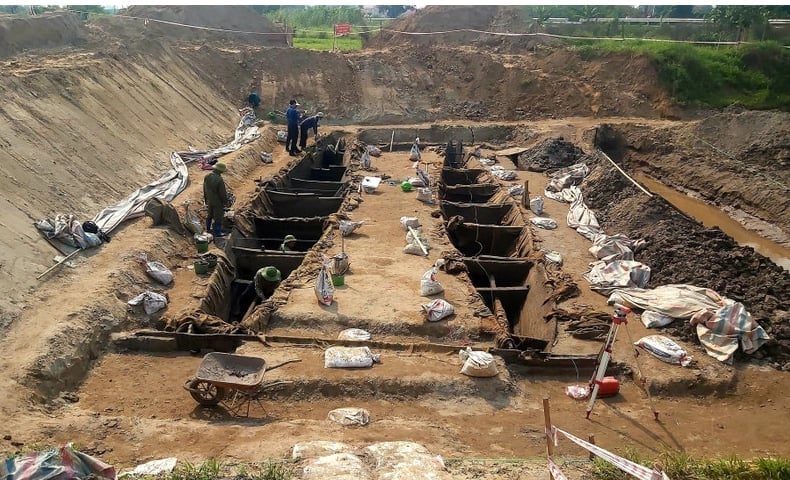







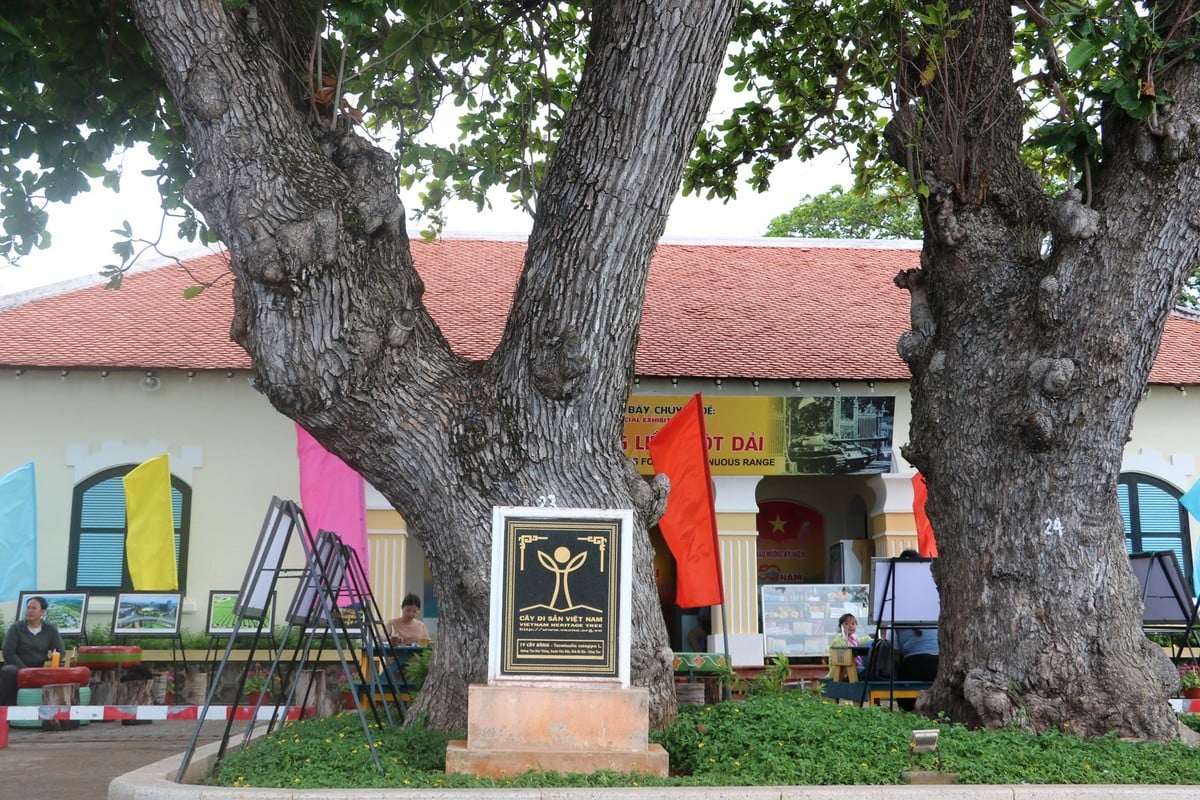
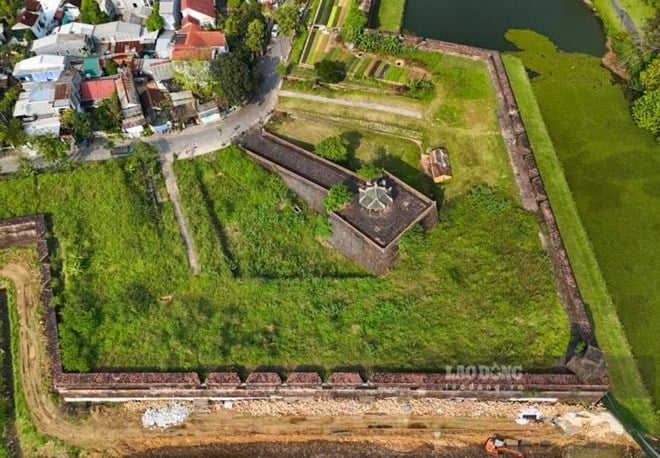
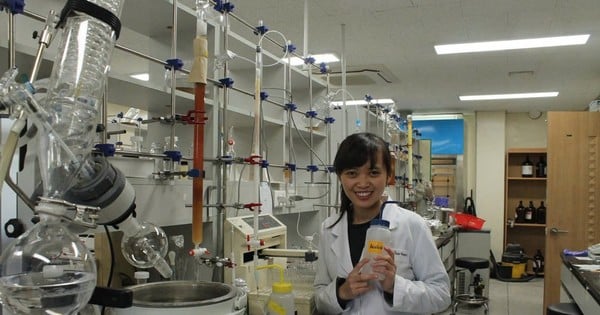


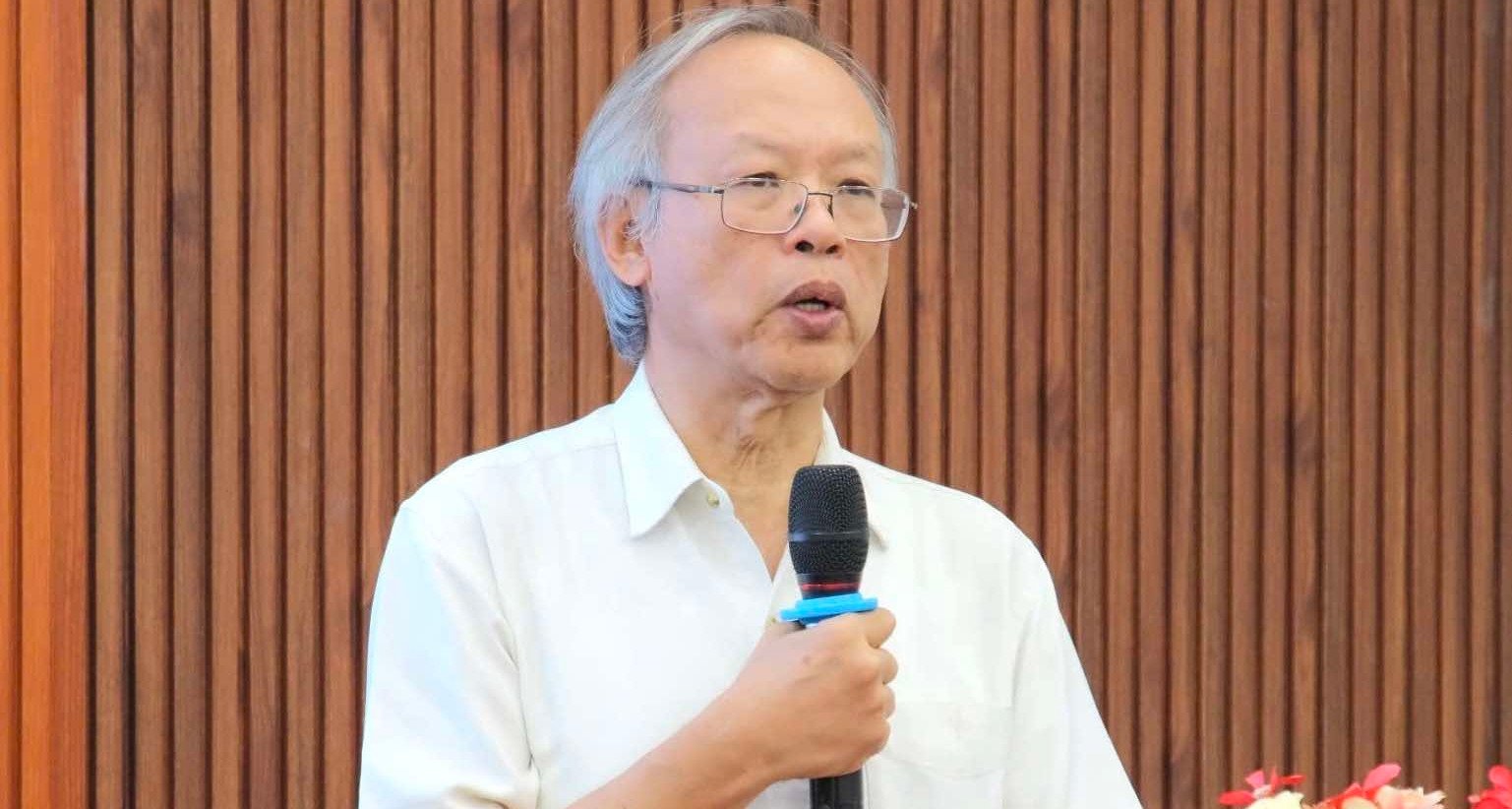


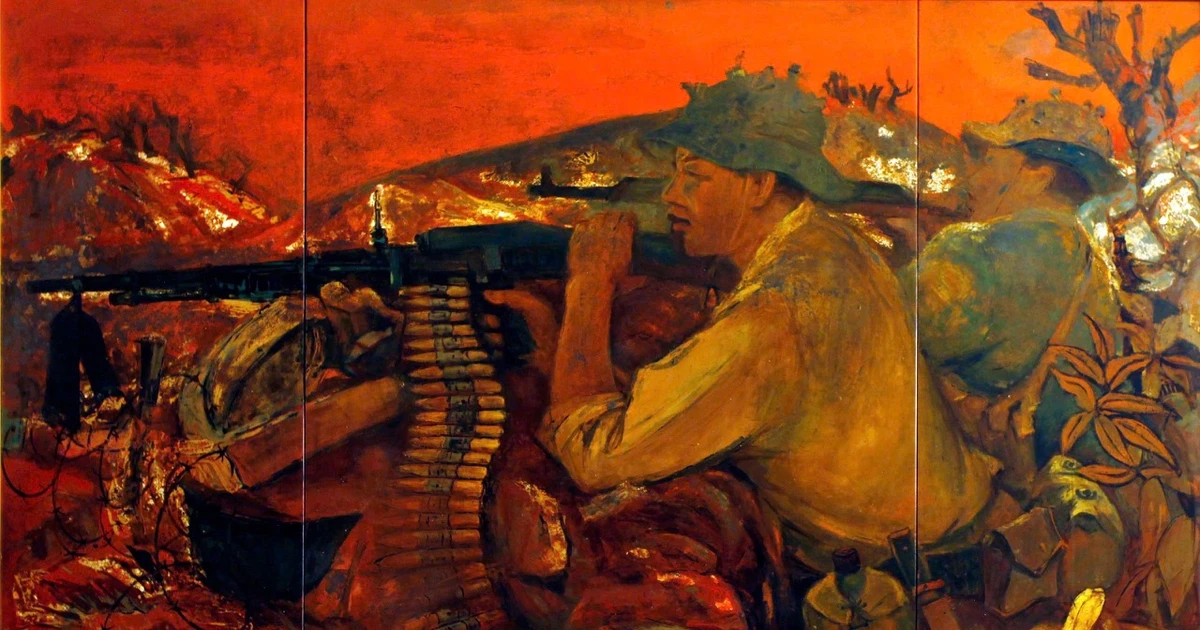



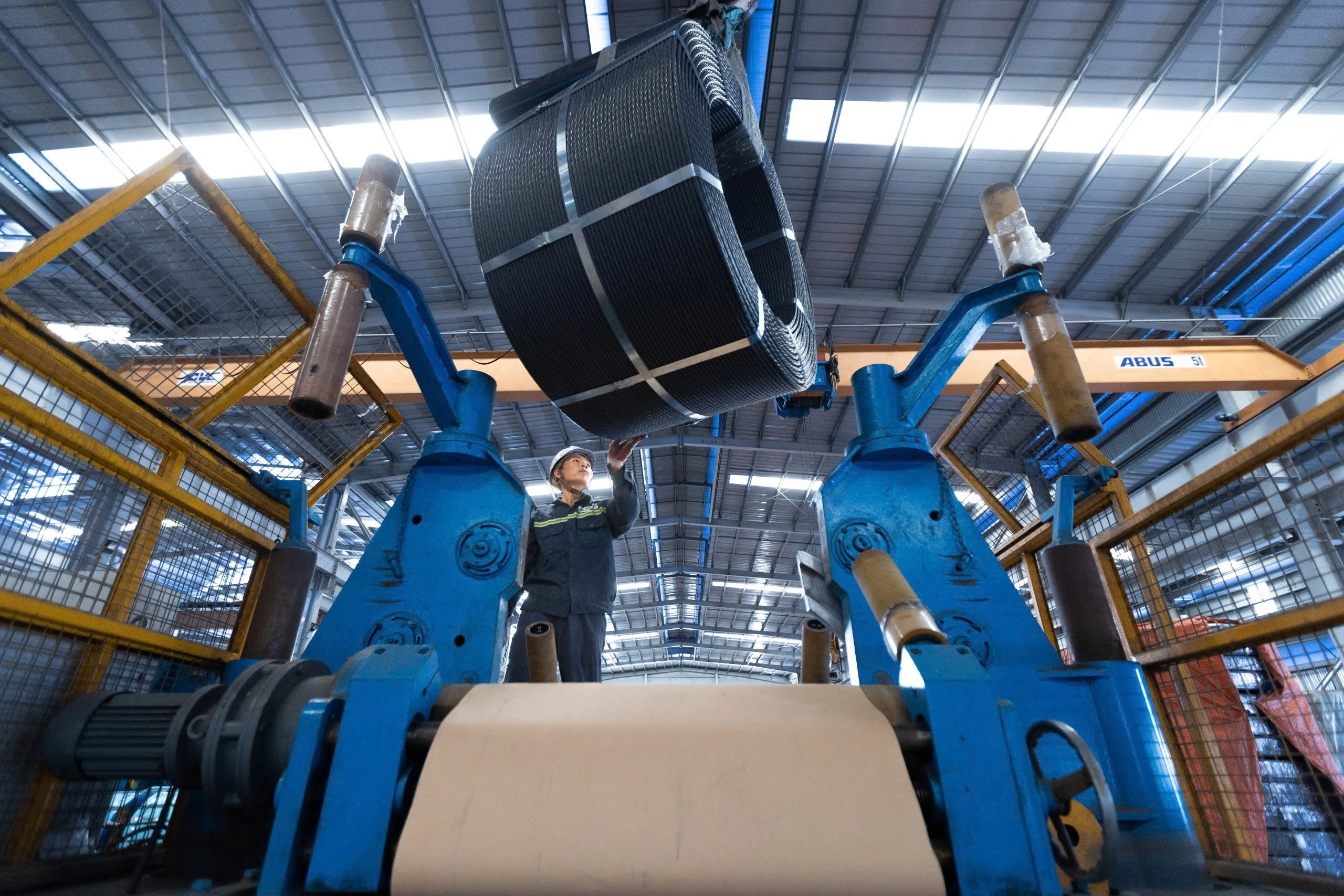



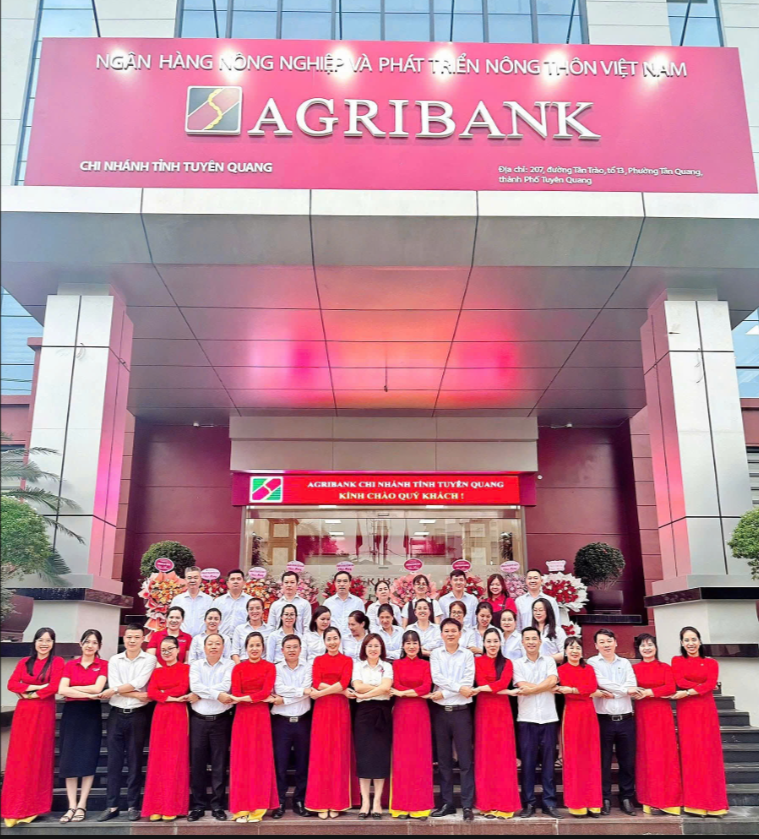
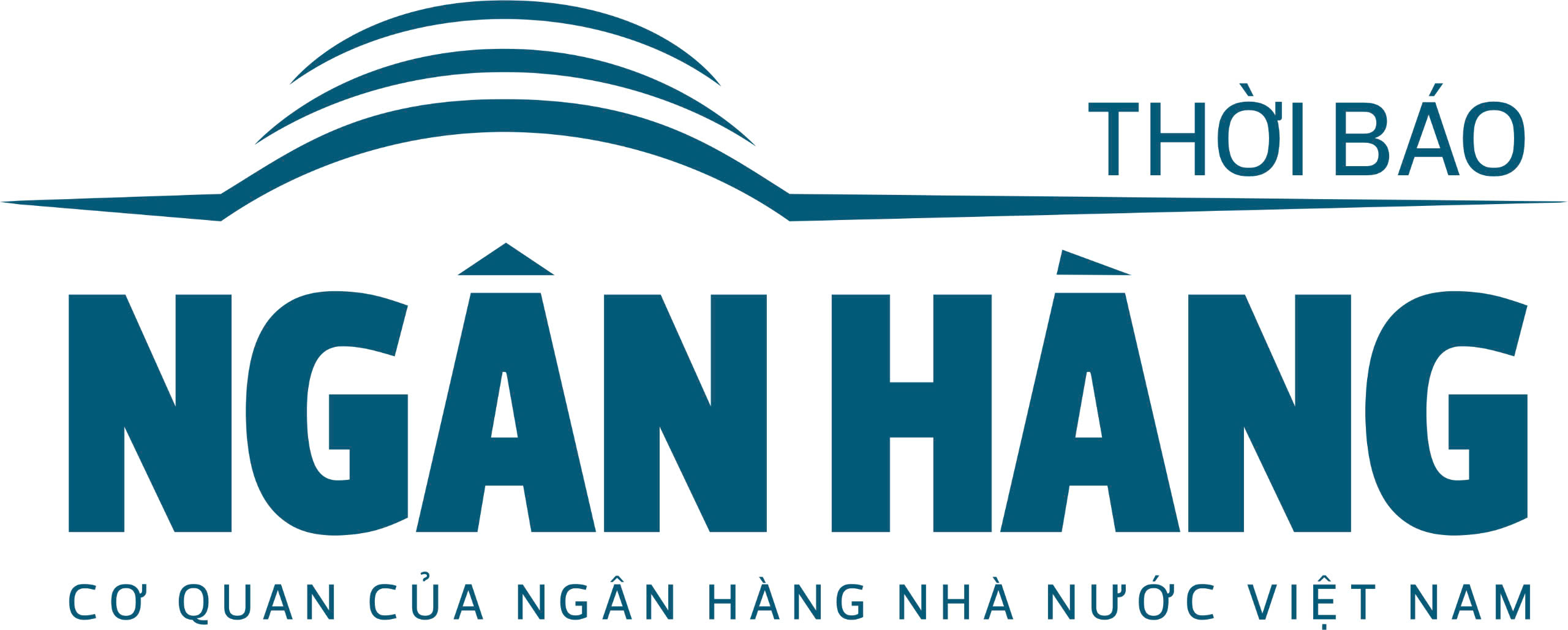











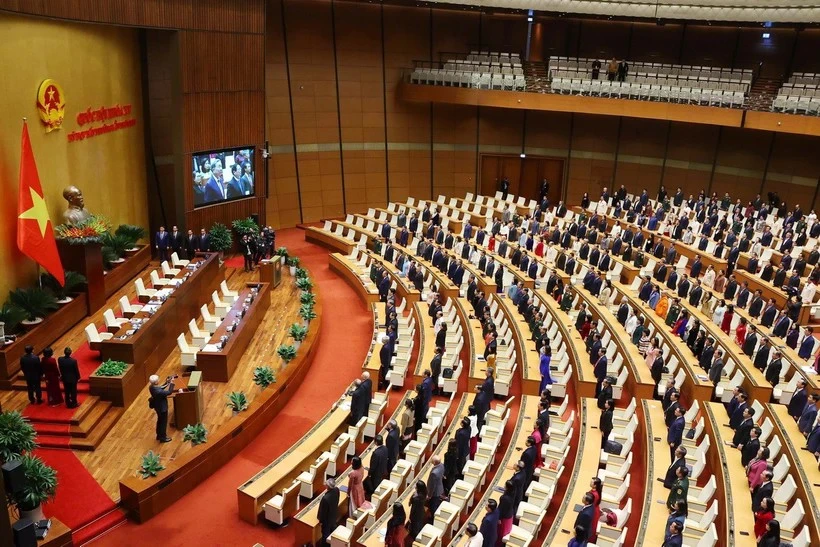



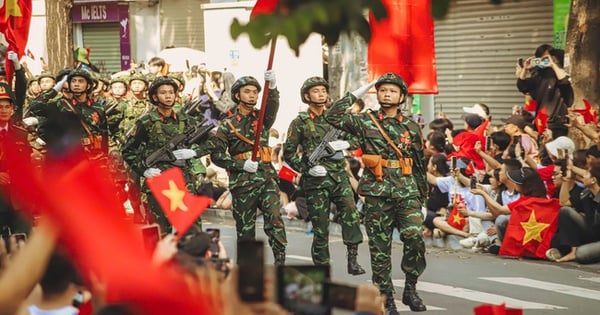

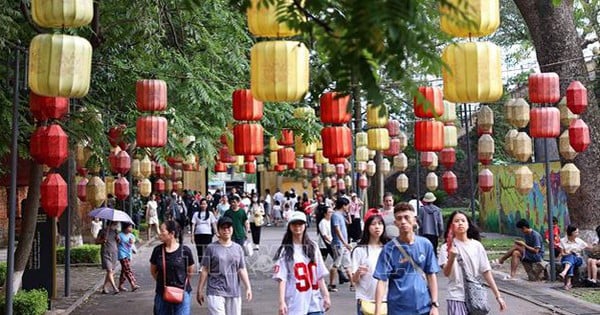





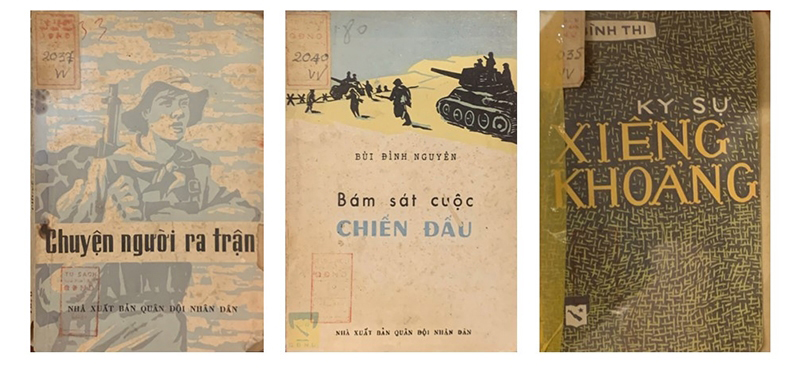






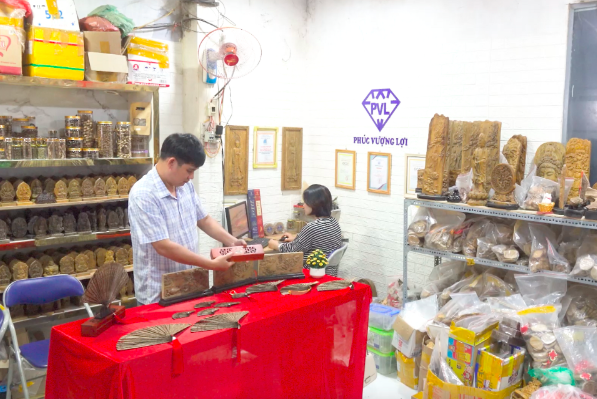

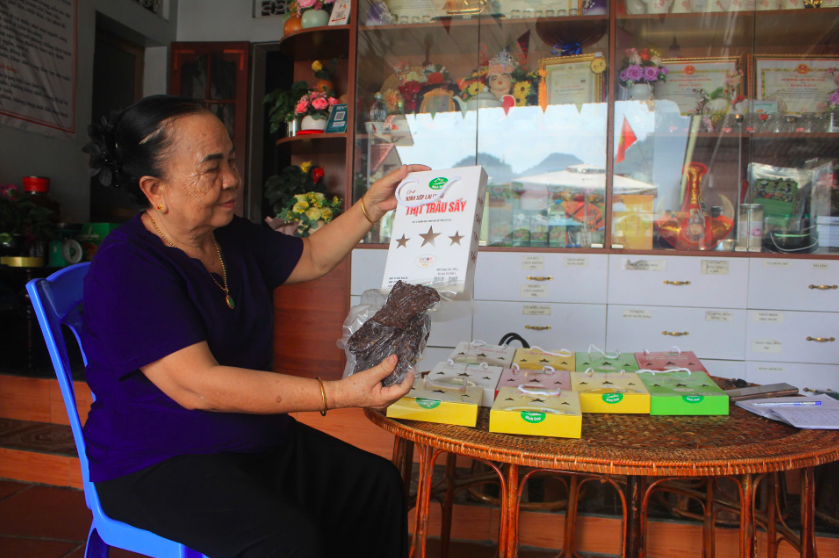

![[Video]. Building OCOP products based on local strengths](https://vstatic.vietnam.vn/vietnam/resource/IMAGE/2025/5/3/61677e8b3a364110b271e7b15ed91b3f)




Comment (0)